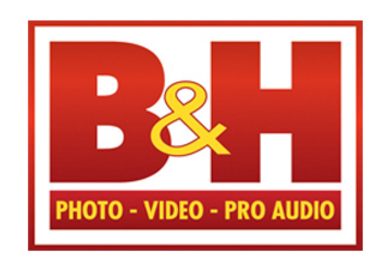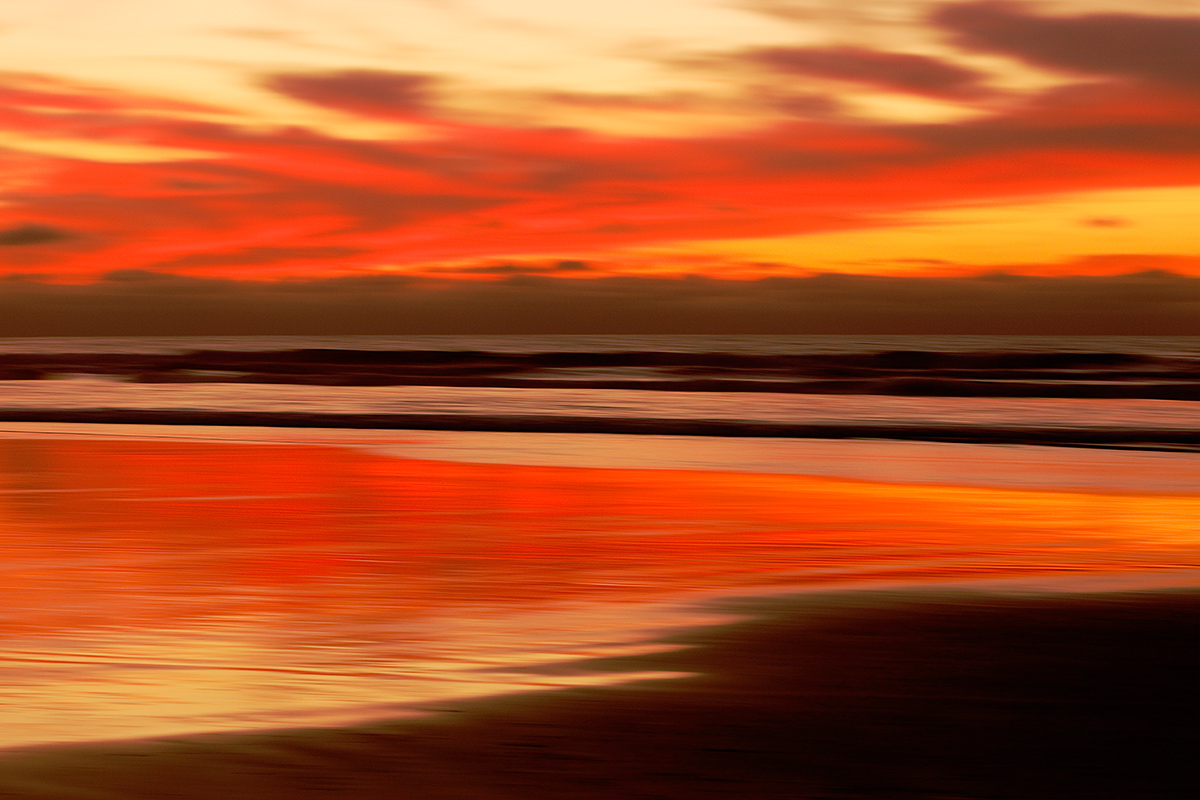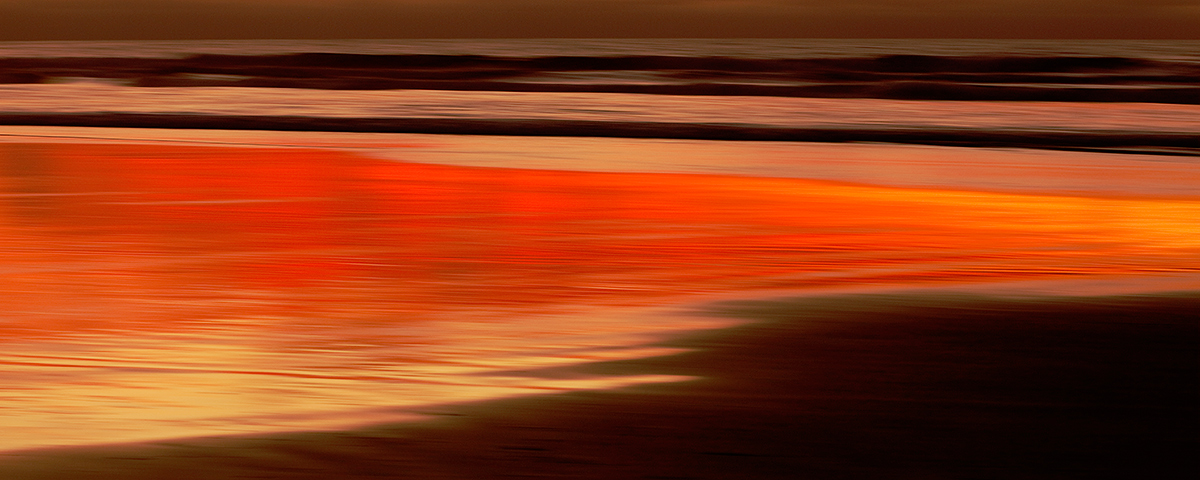What’s Up?
Friday was a two-zillion e-mail day, a little bit busier in that regard than is usual. The air was quite chilly for my swim but the pool was only down one degree to 77 so I was fine until I got out.
I was pleased to learn that Steve Leimberg’s 1D X sold as predicted on Day 1 to Alan and Pat Lillich. The two couples had met on a back to back IPT to Holland, Tulips and birds in Texel.
I did not do any packing today… I leave for the airport hotel late on Saturday afternoon and begin the long journey to Japan on Sunday morning.

B&H
B&H contributed generously as the primary SDNHM exhibition sponsor. Thank them (and me for the blog) by clicking on the logo link above to shop.
|
This image was created at La Jolla, CA on the 2016 San Diego IPT with the Induro GIT 304L/Mongoose M3.6-mounted Canon EF 70-200mm f/2.8L IS II USM lens (at 98mm) and the Canon EOS 5DS R. ISO 100. Evaluative metering +1/3 stop: 1/8 sec. at f/13 in Tv mode. Color temperature 8,000K. I should have been about two stops brighter here as the RAW file was well under-exposed. I moved the Brightness slider to +1.66 and added a bit of extra noise reduction during the RAW conversion in DPP 4. See our DPP 4 RAW Conversion Guide here to learn more. Center AF point/AI Servo Expand/Rear Focus AF as framed on the center of the bright red triangle at the bottom, re-compose, and pan. Click here to see the latest version of the Rear Focus Tutorial. Click on the image to see a larger version. Image #1: Beach at Sunset full frame |
The Full Frame Image
The JPEG above was created from the full frame 144mb 8-bit file. As above, the RAW file was significantly under-exposed. To my eye, noise in the optimized 5DS R file was and is pretty much non-existent. I was experimenting with in-camera HDR pan blurs panning slowly from side to side for this frame. The frame above was one of the source images.
Exposure Question
So exactly how did Mr. Famous Bird Photographer wind up with an image that was nearly two stops underexposed?
Image #2: Beach at Sunset panoramic crop |
The Panoramic Crop
This image was created from the optimized TIFF. I cropped away 40% of the image, I was left with a quite respectable 86.5mb 8-bit file of extremely high quality.
The Big Question
Which is the more powerful image, the full frame or the pano? Be sure to let us know why.
|
San Diego offers a wealth of very attractive natural history subjects. With annual visits spanning more than three decades I have lot of experience there…. |
2017 San Diego 4 1/2-DAY BIRDS AS ART Instructional Photo-Tour (IPT) JAN 11 thru and including the morning session on JAN 15: 4 1/2 days: $1999.
(Limit: 10/openings 8)
Meet and Greet at 7:00pm on the evening before the IPT begins; Tuesday 1/10/17.
Join me in San Diego to photograph the spectacular breeding plumage Brown Pelicans with their fire-engine red and olive green bill pouches; Brandt’s and Double-crested Cormorants; breeding plumage Wood and Ring-necked Duck; other duck species possible including Lesser Scaup, Redhead, and Surf Scoter; a variety of gulls including Western, California, and the gorgeous Heerman’s, all in full breeding plumage; shorebirds including Marbled Godwit, Willet, Sanderling and Black-bellied Plover; many others possible including Least, Western, and Spotted Sandpiper, Whimbrel, Black and Ruddy Turnstone, Semipalmated Plover, and Surfbird; Harbor Seals (depending on the current regulations) and California Sea Lions; and Bird of Paradise flowers. And as you can see by studying the two IPT cards there are some nice bird-scape and landscape opportunities as well.
With gorgeous subjects just sitting there waiting to have their pictures taken, photographing the pelicans on the cliffs is about as easy as nature photography gets. With the winds from the east almost every morning there is usually some excellent flight photography. And the pelicans are almost always doing something interesting: preening, scratching, bill pouch cleaning, or squabbling. And then there are those crazy head throws that are thought to be a form of intra-flock communication.
Did I mention that there are wealth of great birds and natural history subjects in San Diego in winter?
|
Though the pelicans will be the stars of the show on this IPT there will be many other handsome and captivating subjects in wonderful settings. |
The San Diego Details
This IPT will include five 3 1/2 hour morning photo sessions, four 2 1/2 hour afternoon photo sessions, four lunches, and after-lunch image review and Photoshop sessions. To ensure early starts, breakfasts will be your responsibility.
A $599 non-refundable deposit is required to hold your slot for this IPT. You can send a check (made out to “Arthur Morris) to us at BIRDS AS ART, PO Box 7245, Indian Lake Estates, FL, 33855. Or call Jim or Jennifer at the office with a credit card at 863-692-0906. Your balance, payable only by check, will be due on 9/11//2016. If we do not receive your check for the balance on or before the due date we will try to fill your spot from the waiting list. Please print, complete, and sign the form that is linked to here and shoot it to us along with your deposit check. If you register by phone, please print, complete and sign the form as noted above and either mail it to us or e-mail the scan. If you have any questions, please feel free to contact me via e-mail.
Please Remember to use our Affiliate Links 🙂
To show your appreciation for my continuing efforts here, we ask, as always, that you get in the habit of using my B&H affiliate links on the right side of the blog for all of your photo and electronics purchases. Please check the availability of all photographic accessories in the BIRDS AS ART Online Store, especially the Mongoose M3.6 tripod heads, Gitzo tripods, Wimberley heads and plates, LensCoats and accessories, and the like. We sell only what I have used, have tested, and can depend on. We will not sell you junk. We know what you need to make creating great images easy and fun. And we are always glad to answer your gear questions via e-mail. I just learned that my account was suspended during my absence; it should be up and running by Monday at the latest.
I would of course appreciate your using our B&H affiliate links for all of your major gear, video, and electronic purchases. For the photographic stuff mentioned in the paragraph above we, meaning BAA, would of course greatly appreciate your business. Here is a huge thank you to the many who have been using our links on a regular basis and visiting the BAA Online store as well.
Be sure to like and follow BAA on Facebook by clicking on the logo link upper right. Tanks a stack!
Typos
In all blog posts and Bulletins, feel free to e-mail or to leave a comment regarding any typos or errors. Just be right 🙂


















I should have said DPP 4 instead of PS, but defaulted to my workflow.
No worries, six of one, a half dozen of the other. a
I’m guessing you chose the underexposed frame to keep the shadows black without any detail that would show up after increasing the exposure in PS to get the rest of the image where you wanted it. There is no “right” answer” to the which one, but I like the full frame the best.
Hi Joe. Nope on the exposure bit. I firmly believe that one of the images is far stronger than the other. But that does not make it the right answer 🙂 a
The full frame has more more dynamic movement from right to left. I like the mirror image effect that provides a sense of balance in a thirds manner. Also the darker bottom center to right provides balance to the brighter upper left to center. When the full frame is viewed with a horizontal flip, the dynamic movement (left to right) is more dramatic and pronounced to my eye. Maybe, because we are accustomed to view print in that manner.
Because you used evaluative metering?
Nope 🙂 a
A guess: Camera sensors overreact to red tones, which are actually dark tones. The scene, though bright to the sensor, is dark tone subject on dark tone background.
Nope 🙂 a
Didn’t lock your metering before recomposing and panning?
I was in Tv mode… a
ps: I rarely ever “lock” exposure. But I am often in Manual mode which gives the same result. But was not the case here.
Hi Artie,
The pano is my pick. I found this half image of the original more appealing because it’s more simple. Eliminating the sky and just going with its reflection on the sand gets the image down to just one thing. With the original image I ended up going back and forth, up and down between the sky and reflection.In the end I found the sky draws me more because it’s brighter and I was ignoring the reflection.
On the exposure question, after a careful reread of all the info and descriptions, I am left with two possibilities. It’s uncharacteristic for said famous bird photographer to get his exposure wrong. Was he tired, distracted? Did he forget to check histogram? In nearly two years reading the blog you have only rarely talked about under exposures. You had room to increase exposure by increasing the aperture by 5 clicks from f13 to f7.1. Did you stop down for more depth of field? Maybe! And perhaps forgot to compensate with a slower shutter speed or by increasing the ISO.
As a HDR source image for a pan blur at least one of these will expose for the highlights, leaving the shadows well under. I believe you looked at this image in post and liked it so decided to blog it and ask the question to see who’s awake. So, it’s not an error, but one of an HDR sequence.
BTW you might want to fix up the image data. You have listed two lenses. I am assuming you used the 70-200 and not the 500/4.
You’re the best, Regards, David Peake.
Yep it’s Sunday morning here and my early morning Cupar did the trick nicely. 😀
What is Cupar? I fixed up the lens mess; try as I might, even I can only use one lens at a time.
As far as the “baad” exposure, what is your final answer?
a
Typo alert, cuppa , colloquial…..short for cup of tea, my wake up brew.:-)
Final answer on exposure? You used the minus two exposure from the HDR sequence and you were plus one third on the meter giving minis 1 2/3 . Read your reply to doug after I posted. I have found you usually give the answer somewhere in the text.
D
You just might be right. Or not… Headed your way!
Hey, here’s a short flight for you for an IPT: Japan 2017. Will be announced here soon 🙂
a
I also agree with Monte in preferring the first image. In addition to what he said, I find the pano crop, a shape I often like, makes me feel a bit claustrophobic in this case.
Why did Mr. Famous Bird Photographer under-expose by nearly 2 stops? Well, there were no birds in the frame and that threw him off. 🙂 OK, I’ll guess that since you focused on the brightest part of the image (and then recomposed), the camera metered for the brightest part of the image, and hence didn’t let in enough light for the rest of it, i.e., under-exposed.
Nope and nope on the exposure. I gave everyone the answer but nobody is getting it 🙂 a–packing up a storm…
Hi Artie. What David Peake said makes sense to me, and I did notice you mentioned that the image was one of the source images for in-camera HDR. I’ve never used HDR and so wasn’t able to complete the connection. By the way, why are your raw images 8-bit? I thought that one of the advantages of raw was that it gives 14-bit images?
Safe and productive travels to Japan.
8-bit referred to the optimized converted TIFF. I flatten and convert all but my very best images to 8-bit. artie
Sometimes the rule of thirds has merit, and I prefer it in this case. So image number 2 for me.
I agree with Monte; for me, the sky in the full, uncropped image adds a lot of interest.
Artie,
Like both images but my favorite is the full frame, the colors are more vibrant and the image maintains a better reflection of the sunrise on the water. The pano flattens out the vibrant colors in the sky. Did you have the white balance set at about 6,500 kelvin?
Thanks Monte. WB was 8000 K. I thought that I had included that and will add it now. a
Ah, it was there already 🙂 a